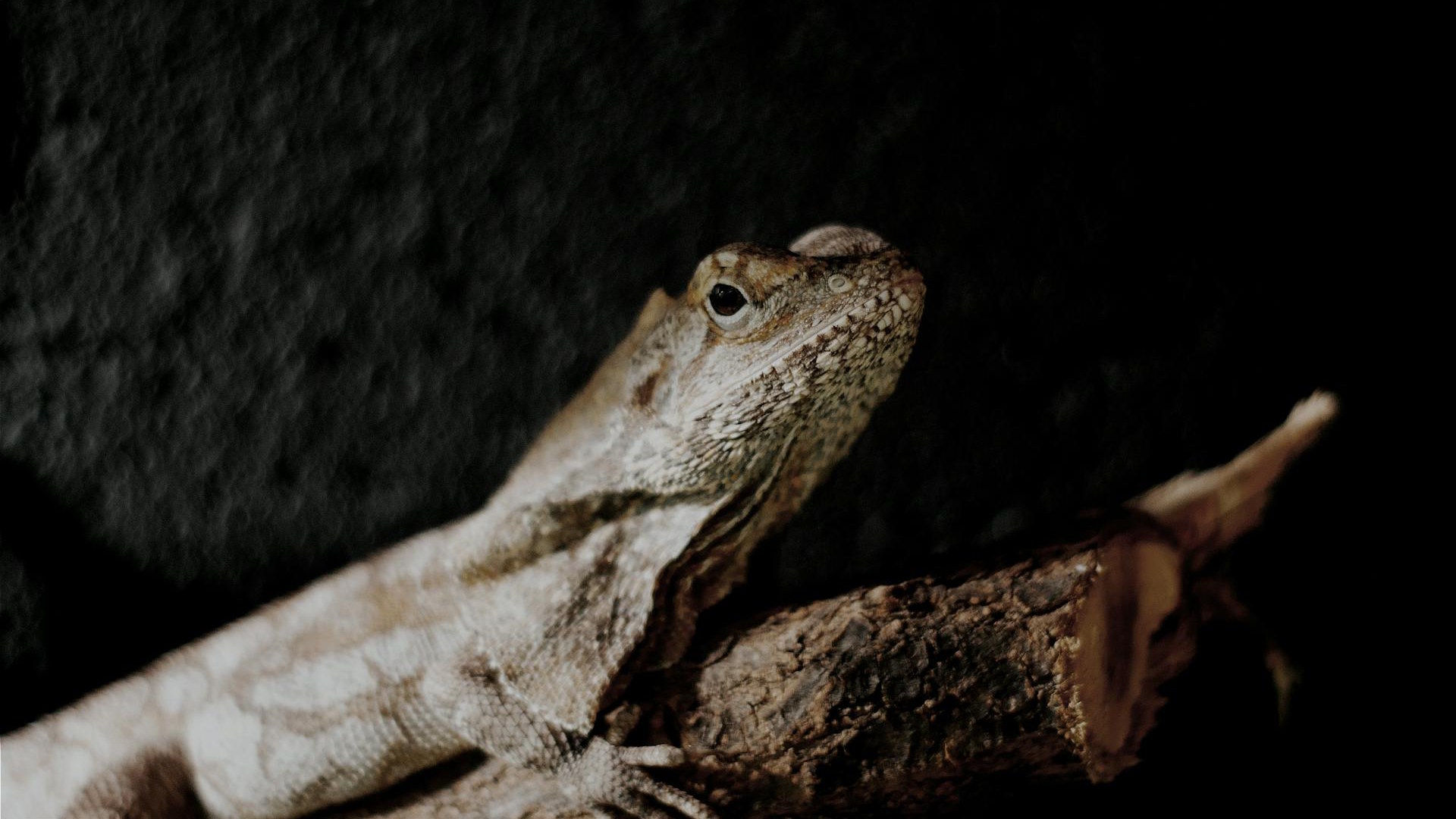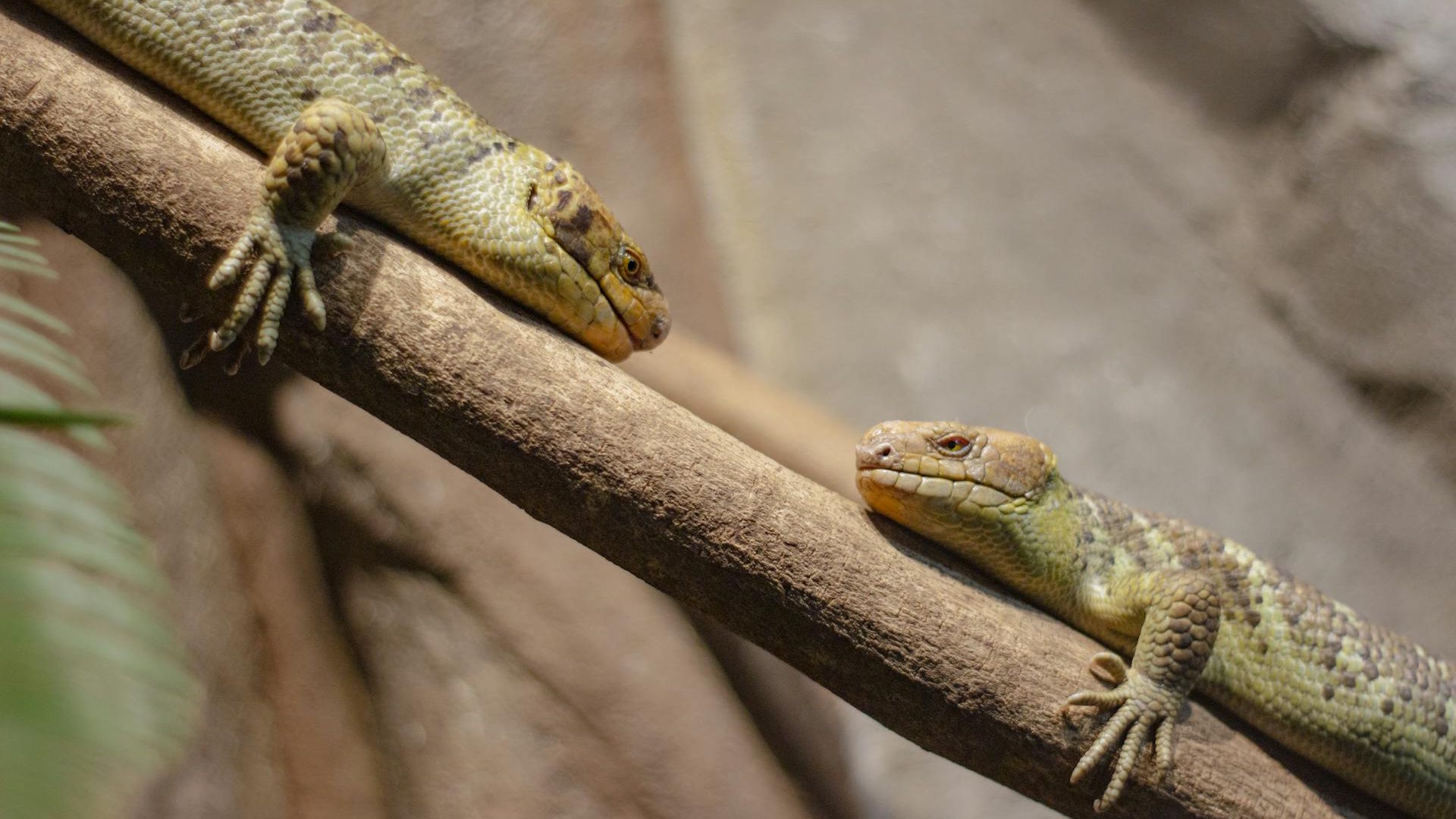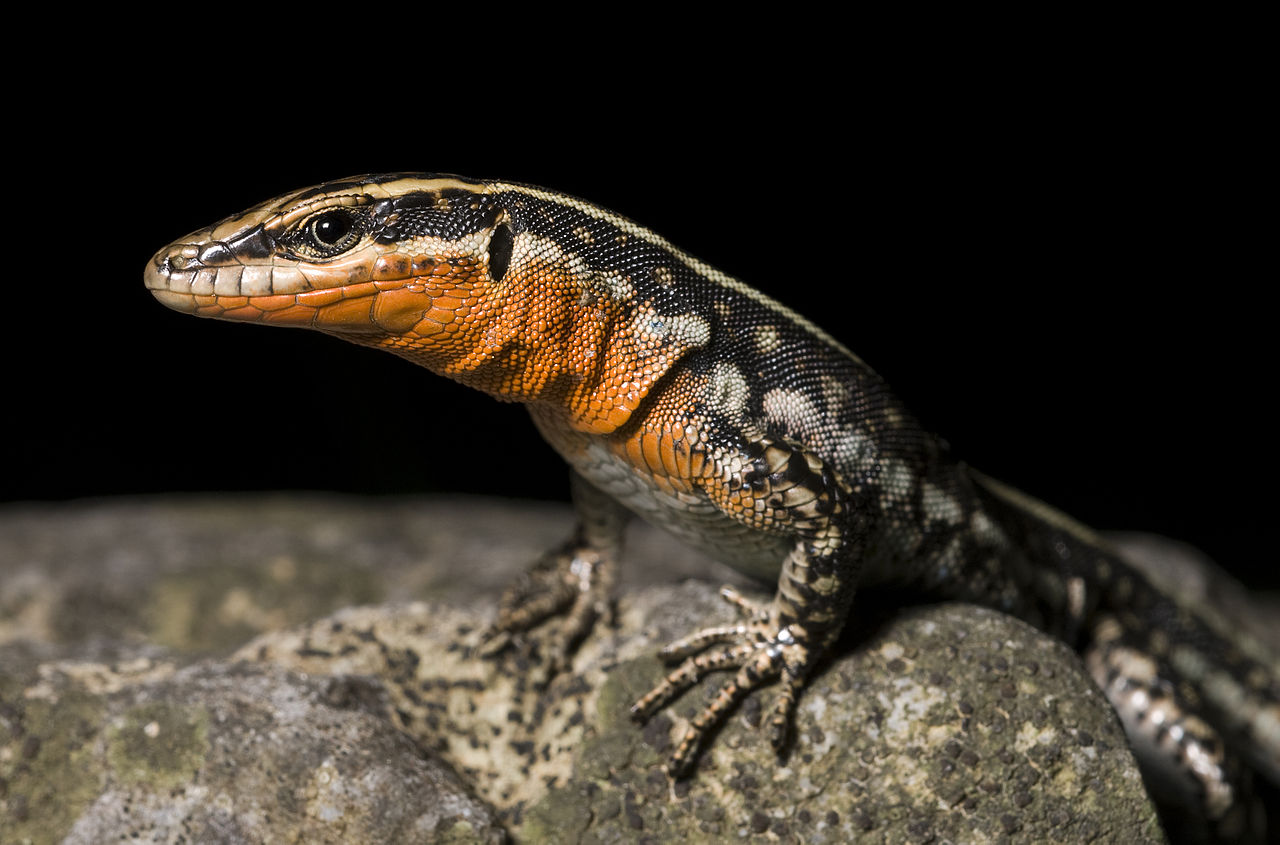When danger lurks nearby, animals employ various survival tactics – from fleeing to fighting back. However, some creatures have developed more theatrical approaches to self-preservation. Among these master performers is the death-feigning lizard, a reptile that has perfected the art of playing dead to escape predators. This remarkable survival strategy, known as thanatosis, represents one of nature’s most fascinating defense mechanisms. Let’s explore how certain lizard species have evolved this deceptive behavior and why it proves so effective in the wild.
The Art of Thanatosis in Reptiles

Thanatosis, commonly known as death-feigning or playing dead, represents an evolutionary adaptation that has developed independently across multiple animal groups. In lizards, this behavior involves the animal becoming suddenly immobile, often adopting an unnatural position with limbs stiffly extended or contorted. The reptile may roll onto its back, exposing its vulnerable belly – a position no healthy lizard would voluntarily maintain in the presence of danger. Some species even release bodily fluids or emit unpleasant odors to enhance the illusion of death. This sophisticated performance isn’t merely about staying still; it’s a complex behavior that requires precise timing and execution to successfully deceive predators that preferentially target live prey.
The Eastern Blue-Tongued Skink: A Master of Deception
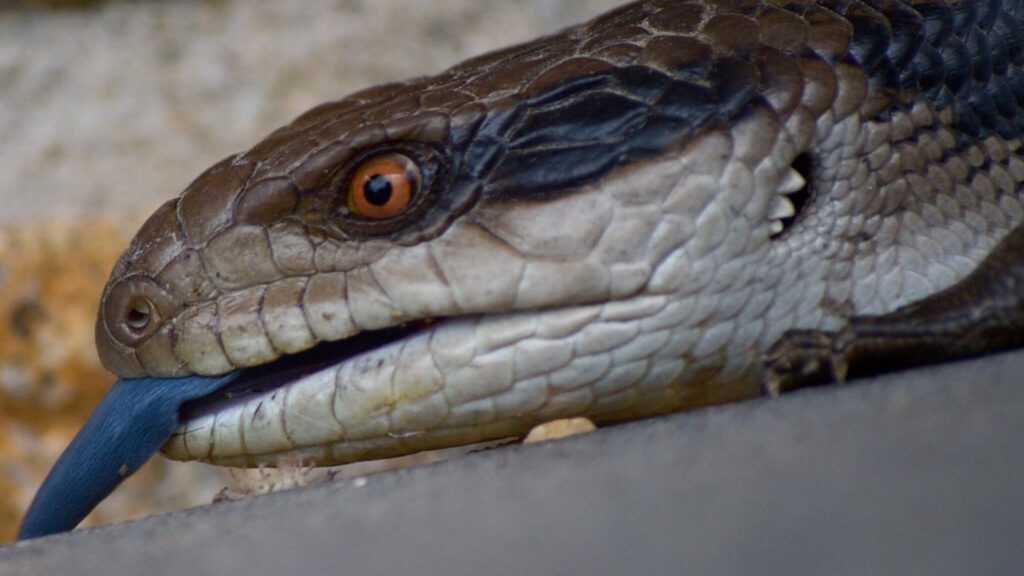
The Eastern Blue-Tongued Skink (Tiliqua scincoides) stands out as one of the most accomplished practitioners of death-feigning among lizards. When threatened, this Australian native flips onto its back, goes completely limp, and dramatically extends its bright blue tongue from its mouth. The contrast between the vibrant tongue and the seemingly lifeless body creates a convincing impression of a deceased and potentially toxic meal. Research has shown that the skink can maintain this state for several minutes to hours, depending on the perceived threat level. The blue-tongued skink’s performance is so convincing that even experienced predators are frequently fooled by this elaborate ruse.
The Central Bearded Dragon’s Dramatic Performance
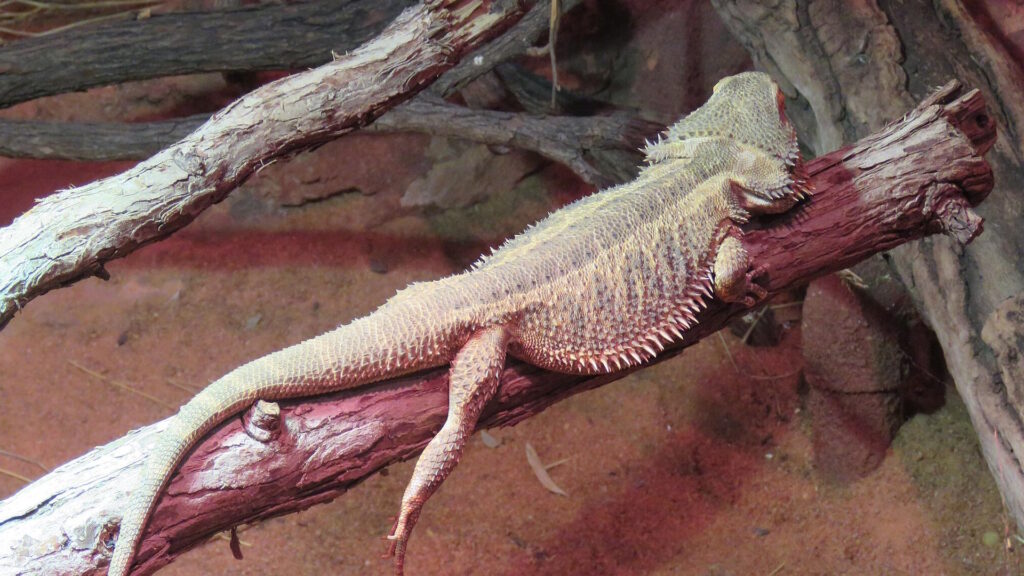
Central Bearded Dragons (Pogona vitticeps) display one of the most theatrical death-feigning behaviors in the reptile world. When severely threatened, these Australian lizards will dramatically flip onto their backs and become completely motionless, often with their mouths gaping open and limbs stiffly positioned. What makes their performance particularly convincing is their ability to significantly slow their breathing to barely perceptible levels. Some bearded dragons even incorporate a slight tremor into their performance, mimicking the muscle spasms often seen in recently deceased animals. Remarkably, these lizards seem capable of maintaining awareness of their surroundings while playing dead, resuming normal activity once the threat has passed.
The Texas Horned Lizard’s Complete Commitment
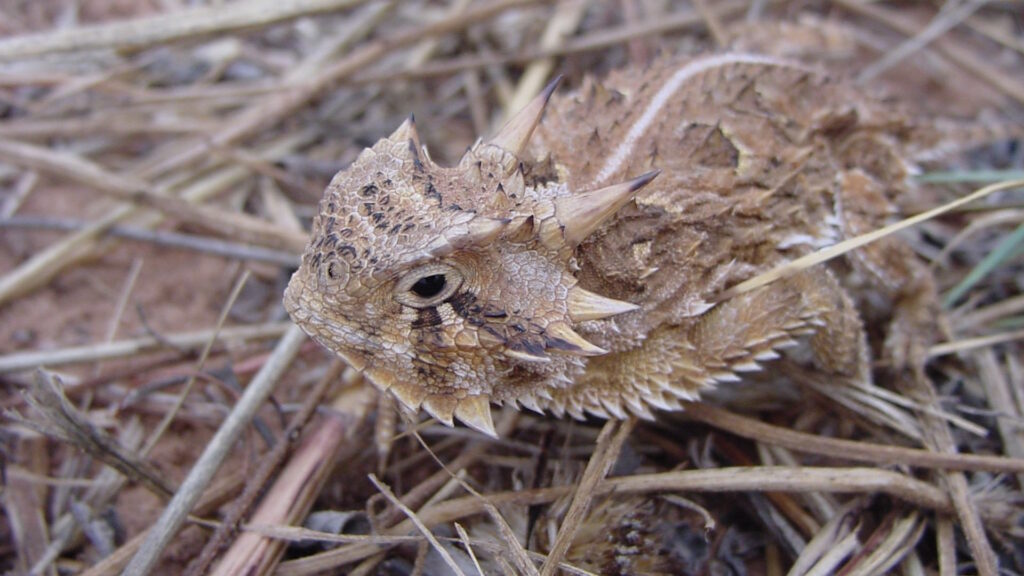
The Texas Horned Lizard (Phrynosoma cornutum) takes death-feigning to extraordinary lengths by incorporating biological elements into its performance. When confronted by certain predators, particularly canids like coyotes, this lizard will flatten its body, close its eyes, and become completely motionless. What makes the horned lizard’s performance particularly convincing is its ability to rupture small blood vessels near its eyes, squirting tiny streams of blood up to five feet away. This bloody display not only startles predators but also creates a genuine appearance of fatal injury. Scientists believe this blood contains chemicals that may be distasteful or disorienting to canine predators, adding a chemical defense to its physical deception.
The Evolutionary Advantage of Playing Dead
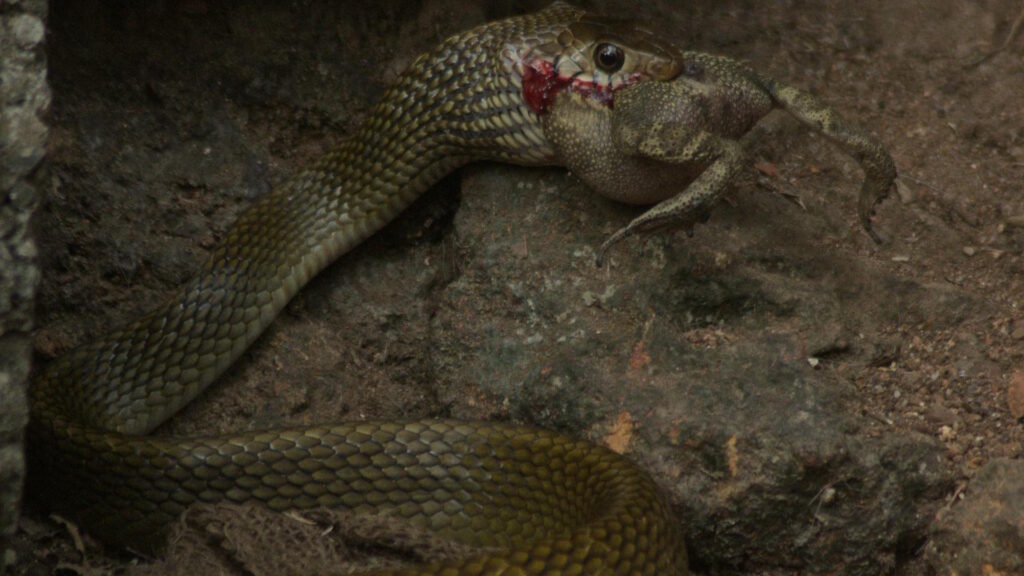
Death-feigning behavior has evolved in lizards because it offers significant survival advantages against certain types of predators. Many predators, particularly snakes and mammals, are triggered to hunt by movement and lose interest in prey that appears dead or diseased. Additionally, some predators lack the instinct to scavenge and will only consume prey they have personally killed. For lizards with limited defensive capabilities, temporarily sacrificing mobility represents a calculated risk that often pays off. Studies have shown that individuals who perform thanatosis convincingly have higher survival rates than those who attempt to flee from predators they cannot outrun. Over generations, this survival advantage has reinforced and refined the behavior through natural selection.
The Neurological Mechanisms Behind Death-Feigning

The neurological basis for thanatosis represents a fascinating area of ongoing research. Scientists have discovered that death-feigning in lizards isn’t simply a conscious decision but involves complex parasympathetic nervous system responses. When activated, this system triggers a dramatic decrease in heart rate, reduced respiratory function, muscle rigidity, and sometimes loss of certain reflexes. Interestingly, brain activity studies show that lizards remain somewhat alert during thanatosis, suggesting they’re not actually unconscious but in a specialized state of immobility. Some researchers have compared this state to a form of tonic immobility, similar to what occurs during hypnosis in certain animals. The ability to enter and exit this state rapidly demonstrates sophisticated nervous system control that has been fine-tuned through evolution.
The Desert Night Lizard’s Nighttime Deception

The Desert Night Lizard (Xantusia vigilis) employs death-feigning specifically adapted to nocturnal predators. When threatened after dark, this small lizard will stiffen its body and remain perfectly motionless, often in awkward positions that no living lizard would naturally maintain. What makes the night lizard’s strategy particularly effective is its ability to suppress the natural eye-shine that would normally reflect moonlight or a predator’s gaze. By controlling this reflective quality, the lizard appears genuinely lifeless to nocturnal hunters that rely heavily on detecting movement and eye reflections. The desert night lizard can maintain this deceptive state for upwards of 30 minutes, an impressive duration considering the vulnerability of complete immobility in predator-rich environments.
Juvenile Lizards and Enhanced Death-Feigning

Researchers have observed that juvenile lizards often display more pronounced and frequent death-feigning behaviors than their adult counterparts. Young lizards of many species, lacking the size, strength, and speed of adults, rely more heavily on thanatosis as a primary defense mechanism. For example, baby bearded dragons will play dead at the slightest provocation, while adults of the same species might first attempt intimidation displays or escape. This pattern suggests that death-feigning may serve as a critical survival strategy during the vulnerable early life stages. Some studies indicate that young lizards may even “practice” this behavior, with their performances becoming more convincing and nuanced as they develop and gain experience with potential threats.
Environmental Factors That Trigger Thanatosis

The decision to employ death-feigning isn’t random but depends on complex environmental assessments made by the lizard. Factors such as the type of predator, distance to safety, temperature, and the lizard’s physical condition all influence whether thanatosis will be employed. For instance, research has shown that lizards are more likely to play dead when confronted by predators that hunt based on movement detection versus scent-based hunters. Temperature plays a crucial role as well – lizards are more likely to feign death when it’s cooler and their escape speed would be compromised by lower body temperatures. Additionally, studies indicate that lizards make split-second assessments about their proximity to shelter, often choosing to play dead only when escape routes are limited or non-existent.
The Duration of the Deathly Performance

The length of time a lizard remains in its death-feigning state varies dramatically between species and situations. Some smaller species may maintain the pose for just 30 seconds to a few minutes, while larger lizards like the Eastern Blue-Tongued Skink can remain “dead” for over an hour. This duration isn’t arbitrary but carefully calibrated to the perceived threat level and environmental conditions. Scientists have observed that lizards seem to monitor their surroundings while playing dead, often emerging from thanatosis precisely when the predator has lost interest or moved away. More remarkably, some species appear capable of adjusting their performance duration based on previous experiences with particular predator types, suggesting a learning component to this seemingly instinctive behavior.
Chemical Enhancements to the Death Act

Some lizard species supplement their physical death-feigning with chemical defenses that enhance the deception. The Armadillo Lizard (Ouroborus cataphractus) releases a foul-smelling secretion from its cloaca while playing dead, mimicking the smell of decomposition. This olfactory component proves particularly effective against mammalian predators with keen senses of smell that might otherwise detect the ruse. The Western Fence Lizard (Sceloporus occidentalis) produces a mild toxin in its skin that becomes more prominent during thanatosis, making it appear not just dead but potentially dangerous to consume. These chemical strategies demonstrate how thanatosis often combines multiple sensory deceptions – visual, olfactory, and sometimes even tactile – to create a comprehensive illusion of death that appeals to different predator senses.
Thanatosis in Captive Lizards: Implications for Pet Owners
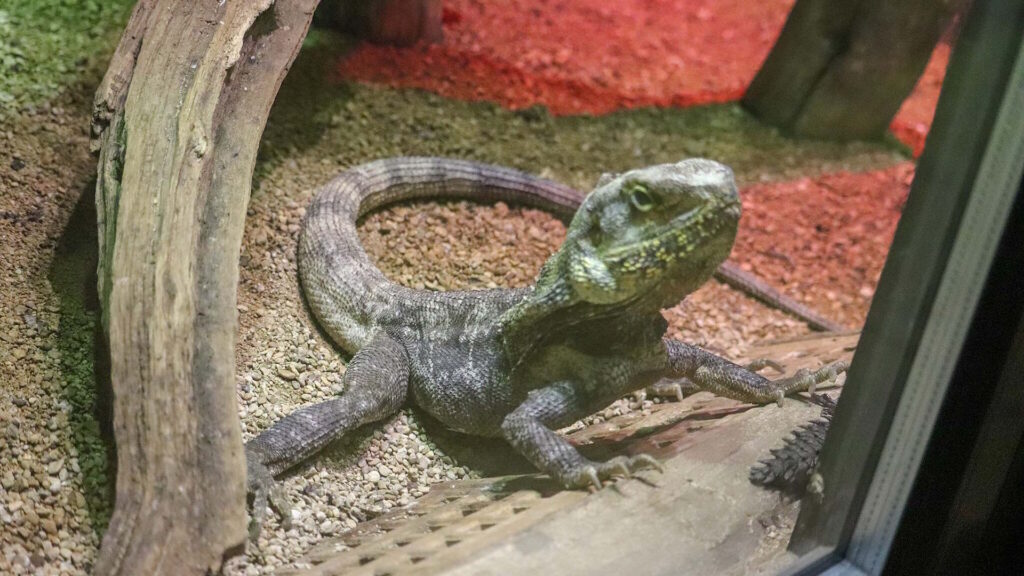
Pet owners may witness death-feigning behaviors in captive lizards, which can sometimes be mistaken for actual illness or death, causing unnecessary concern. Bearded dragons, leopard geckos, and blue-tongued skinks kept as pets occasionally display thanatosis when startled or handled in ways they find threatening. Responsible reptile keepers should familiarize themselves with these natural behaviors to avoid misinterpreting them as medical emergencies. Interestingly, captive lizards may exhibit death-feigning less frequently than their wild counterparts as they become accustomed to handling and perceive fewer threats in their environment. However, even well-adjusted pet lizards retain this evolutionary programming and may suddenly employ thanatosis if sufficiently stressed or frightened, highlighting the deep-rooted nature of this survival mechanism.
Conservation Implications of Death-Feigning Behavior

The death-feigning adaptation has important implications for lizard conservation efforts. Species that rely heavily on thanatosis rather than escape may be particularly vulnerable to human activities and habitat disruption. For example, road mortality disproportionately affects species that respond to oncoming vehicles by freezing or playing dead rather than fleeing. Additionally, wildlife researchers must be aware of thanatosis when conducting population surveys, as death-feigning lizards might be overlooked or miscounted during field studies. Conservation programs increasingly incorporate behavioral adaptations like thanatosis into their planning, recognizing that preserving habitats isn’t enough – understanding and accommodating specific defensive behaviors is critical for effective species protection. Some recovery programs now include road barriers or crossings specifically designed with the behavioral tendencies of death-feigning species in mind.
Conclusion

The ability to convincingly play dead represents one of nature’s most remarkable defensive adaptations. From the blood-squirting Texas Horned Lizard to the dramatically limp Blue-Tongued Skink, lizards have perfected the art of deception through thanatosis. This behavior, involving complex neurological mechanisms and often supplemented with chemical defenses, has evolved independently across multiple lizard families. As scientists continue to study the nuances of this fascinating behavior, we gain deeper insights into the evolutionary pressures and predator-prey relationships that have shaped reptile survival strategies. For these remarkable performers, the line between life and “death” is simply another tool in their sophisticated repertoire of survival tricks.

